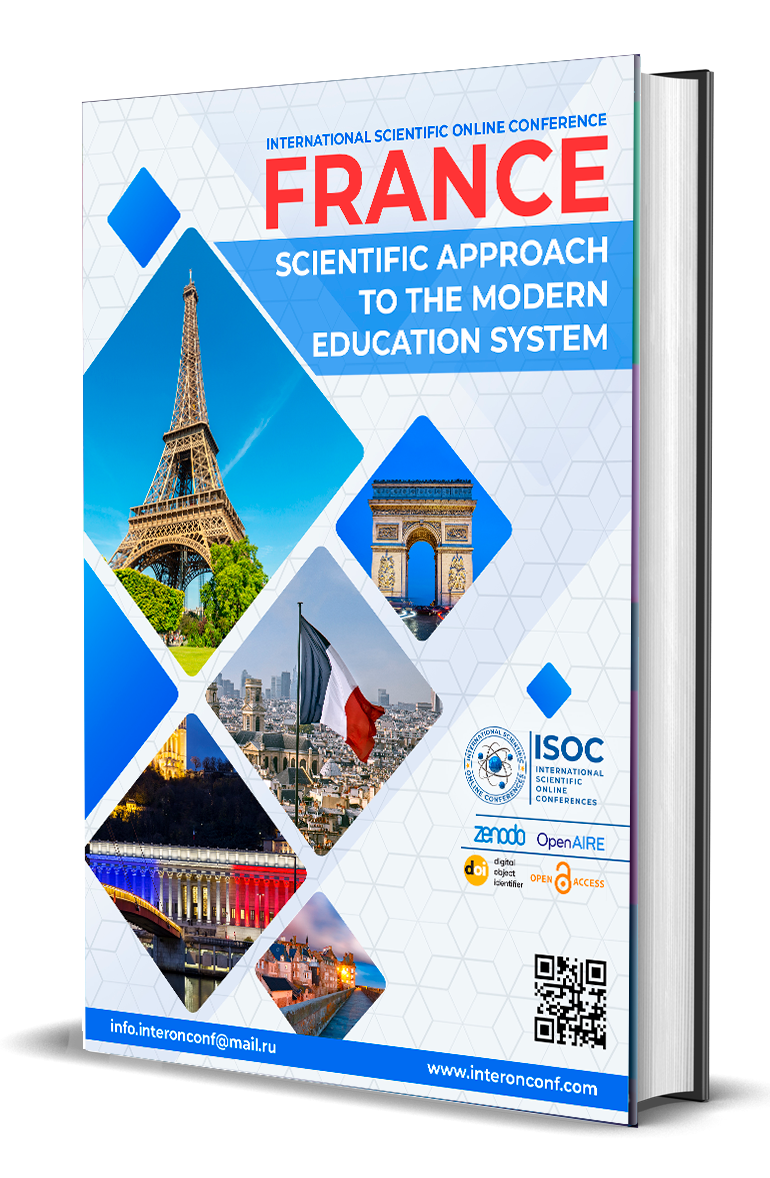VERBS OF MOVEMENT IN ENGLISH IN COMPARISON WITH THE RUSSIAN LANGUAGE
Abstract
Verbs of movement in English and Russian constitute a fundamental lexical and grammatical category that defines the semantic structure and syntactic organization of sentences in both languages. The interaction of various forms and meanings of movement verbs reflects the peculiarities of spatial perception and conceptualization in English and Russian linguistic cultures. A comparative analysis of these verbs uncovers both universal patterns and unique aspects of their functioning, which is particularly significant for developing theoretical frameworks for cross-linguistic communication and practical methodologies for teaching foreign languages.
Downloads
References
Apresyan, Y.D. (1995). Lexical Semantics: Synonymy and Contrast. Moscow: Nauka.
Comrie, B. (1976). Aspect: An Introduction to the Study of Verbal Aspect and Related Problems. Cambridge: Cambridge University Press.
Croft, W. (2012). Verbs: Aspect and Causal Structure. Oxford: Oxford University Press.
Dixon, R.M.W. (2005). A Semantic Approach to English Grammar. Oxford: Oxford University Press.
Filip, H. (2012). Aspect, Eventuality Types and Nominal Reference. Oxford: Oxford University Press.
Forsyth, J. (1970). A Grammar of Aspect: Usage and Meaning in the Russian Verb. Cambridge: Cambridge University Press.
Janda, L.A., & Clancy, S.J. (2002). The Case Book for Russian. Bloomington: Slavica Publishers.
Khrakovsky, V.S. (1985). Typology of Iterative and Non-Iterative Verbs. Leningrad: Nauka.
Langacker, R.W. (1987). Foundations of Cognitive Grammar. Stanford: Stanford University Press.
Levin, B. (1993). English Verb Classes and Alternations: A Preliminary Investigation. Chicago: University of Chicago Press.





